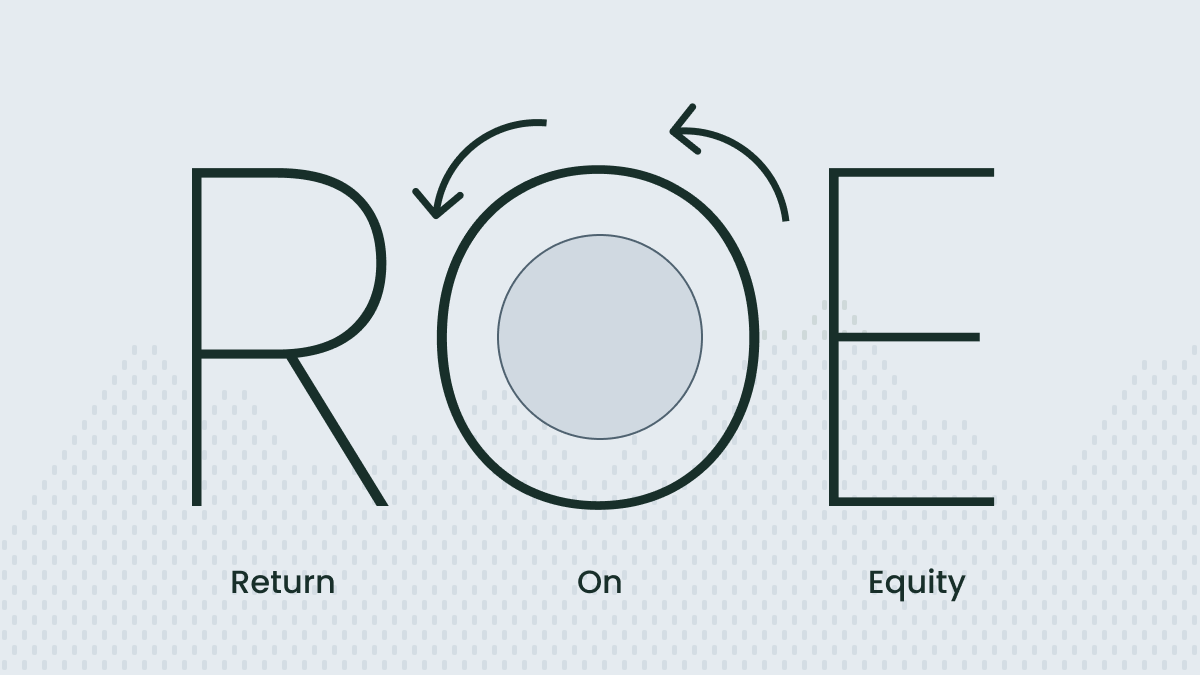What is an ideal Return on Equity (ROE)?
The ROE is a measure of how well a company is performing within its own sector, as compared to its competitors. In the utilities industry, companies tend to have high assets and debt and lower profits, so 10% or less may be normal. Tech and retail have smaller balance sheets and bigger earnings, so their idea of a good ROE may be 18% or higher.
What you’re looking for is a number that’s above average for the industry.
The difference between Rate of Return and Return on Equity
People often mix up the rate of return (RoR) and return on equity (ROE), but they actually measure different things. Here’s a comparison to clarify their differences:
| Rate of Return (RoR) | Return on Equity (ROE) |
| Measures how much profit an investor earns from their investment in a company over a specific period | Measures how effectively a company is using shareholders’ money to generate profits |
| Can apply to returns not only from stocks, but from any type of investment, such as real estate or savings accounts | Focuses on the performance of a company’s equity and is mostly used in stock analysis |
| Looks at the overall profitability of an investment relative to the initial amount invested | Specifically looks at the company’s profitability relative to shareholders’ equity |
If an investor wants to assess the profitability of their overall investment, they’d look at RoR. If they want to evaluate how well a company is using its equity, they’d check the ROE.

Using Return on Equity (ROE) to evaluate stock performance
ROE is also used to figure out how fast a stock might grow, including how its dividends might increase. This works best if the ROE is about the same or a bit higher than that of other similar companies.
Predicting future growth
To estimate how fast a company will grow, you can combine Return on Equity with another metric called the retention ratio. This ratio shows what portion of the company’s profit is kept and used to fund future growth.
Sustainable growth rate
If you have two companies with the same ROE and profit but different retention ratios, they will have different growth rates. The sustainable growth rate tells you how fast a company can grow without needing extra funds. To calculate the SGR, multiply the ROE by the retention ratio (or ROE by one minus the payout ratio).
Example



